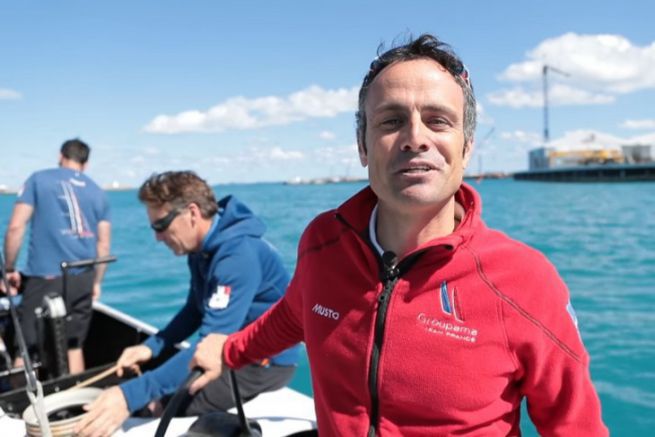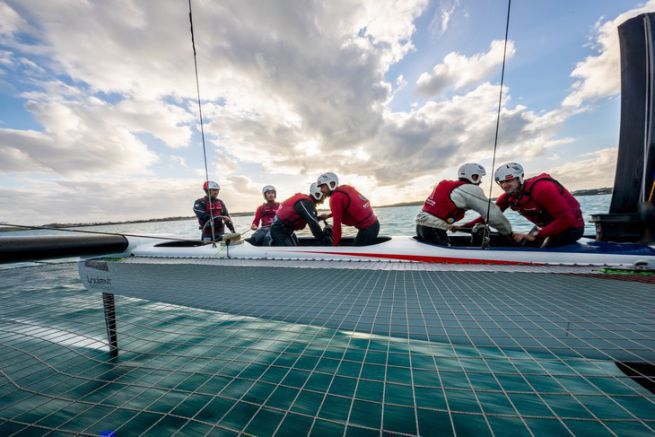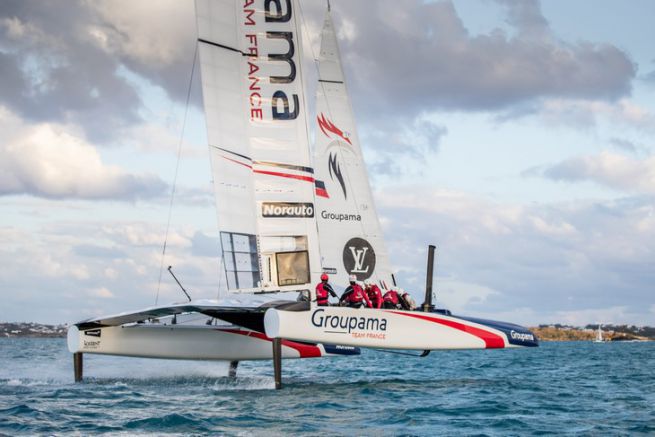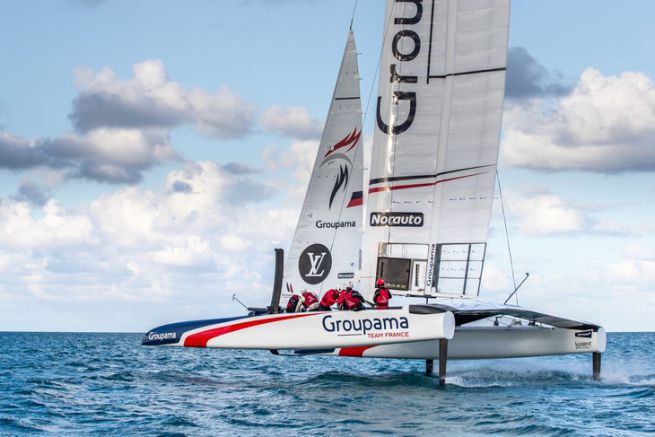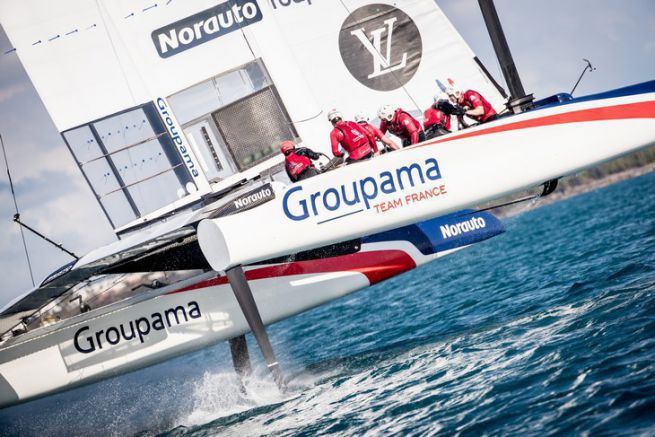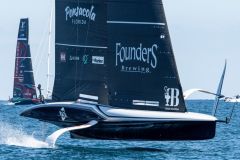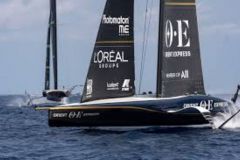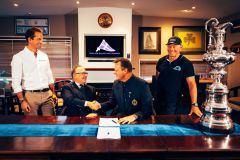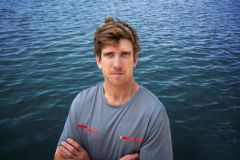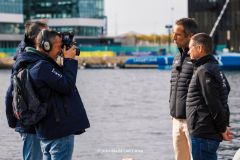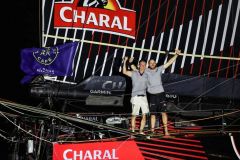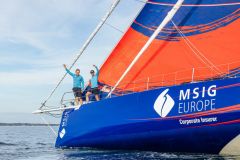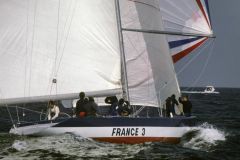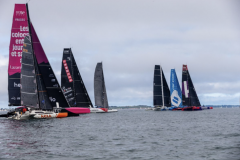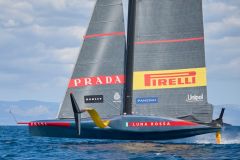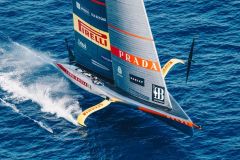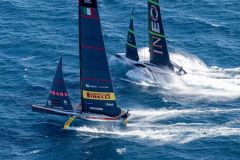The catamarans of the America's Cup - the AC Class - are equipped with a rigid wing, which replaces the mainsail, traditionally used. It was used for the first time in the America's Cup in 1988, but it was in 2010 that the choice was made to trade its traditional sail for this rigid wing. The American team, thanks to its rigid wing, wins the America's Cup Trophy, to the detriment of the Swiss competitors and their traditional sail.
The rigid wing has less wind grip and more lift, however, since it is rigid, it cannot be lowered and must be disassembled to remove it.
Monotype, it generally measures 25 m high - 23.60 m on the America's Cup - and has a surface of 180 m2. It consists of rigid panels with a front panel,"where the wind arrives" and a rear panel,"called the flap" explains Franck Cammas. "The air goes from the front to the back" details the skipper.
The front part of the wing is structural "only on the nose of this front element" The mast is like a classic mast, and there are the shrouds that keep the mast in the air.

How does it work?
The rigid wing works a bit like the wing of an airplane. There is an angle, between the front part and the back part, called"camber". " The aim is to adapt the power with the camber, according to the strength and direction of the wind, that we have between upwind, downwind and reaching during the regatta" explains Franck Cammas.
Like on a classic sail, you can have a twist "The power is not uniform between the top and bottom of the sail. So we refine the top to remove any power and we keep a maximum of power at the bottom. The boat thus has more righting time or less heel torque." how Franck Cammas. So you take the power off the top and you can totally reverse and that's what gives these wings that performance. "We are able to set the point of sail force involvement anywhere between the top and bottom of the wing depending on wind conditions."
Wings work upside down when there is wind, relative to the bottom of the wing "The goal is that when you turn where you gybe, you find exactly the same setting from one side to the other. That's the big difference with a plane. There must be very little to do for the sailors, from one side to the other" franck Cammas details.
The rather complex system of adjustments - left to the teams to choose - is contained in the foot of the wing. It is controlled with hydraulic cylinders - one for the twist and one for the lower camber. It is the trimmer of wing which carries out the adjustments in its cockpit, thanks to a joystick and two buttons, as well as the sheet of winch "The sail trimmer will be able to handle the difference in camber between the bottom of the wing and the top. On a classic sail, you can take a reef when you want to reduce the power. On a sail like this, you can't saw the mast..." says Cammas.
A large part of the wing - the volume - is One Design, meaning that it is common to all teams. "We're not allowed to work on the wing's 2D shape and plan view." However, each team has the right to choose its control system and the structure - and therefore the flexibility - of all its panels.

 /
/ 
